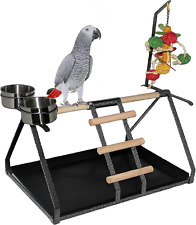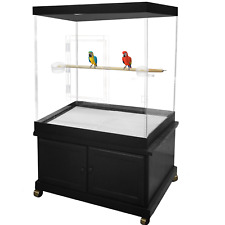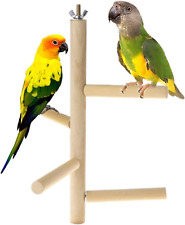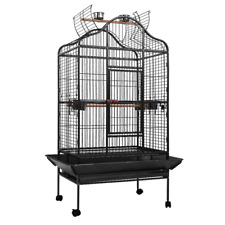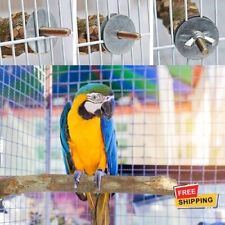Bathing Your Horse – Step by Step

What you will need:
- Rubber Curry
- Brush
- Hoof Pick
- Sweat Scraper
- Bucket
- Hose
- Spray Nozzle
- Warm Water
- Sponge, Soft Rags
- Shampoo
- Conditioner
- Show Sheen
- Towels
- Hoof Polish, Conditioner
- Mineral Oil, Rubber Gloves
- Blanket or Cooler if Cold
1. Curry your horse with a rubber curry to remove caked on dirt.
- Begin at top of neck continuing down to chest.
- Do withers, shoulder, forearm.
- Then the back, side, barrel, croup and butt.
- So the other side in the same order. NEVER CURRY THE LOWER LEGS.
2. Next, brush your horse in the same sequence.
- Brush with the grain of the hair.
- Do lower legs, too.
3. Pick out the hooves.
4. Untangle the mane and tail by brushing or combing from the ends, working your way to the base. Use your fingers to undo stubborn tangles.
5. Bathe your horse in an area with a tree, post or other object to tie him to. Be sure you aren’t in an area that will turn to mud! Grass, gravel, a driveway or rubber mat is good.
6. Use a hose with a spray nozzle and warm water and never spray your horse in the face.
7. A horse who has never been bathed will probably be afraid. Be prepared for a quick release. Whenever your horse shows signs of fear, return to an area of the body with the water that he previously accepted. Start moving toward the area he didn’t like very slowly. Praise him and talk sweet the whole time. Repeat this as necessary.
- Spray front legs first.
- Next, the chest, shoulders, neck. Use a gentle spray – turn the water pressure down some if needed.
- Do barrel, back and butt.
- Soak your horse completely.
Always keep the spray directed toward the rear of your horse
8. Time to shampoo. Always follow label directions. Apply shampoo to be used full strength to a wet sponge, then to the horse. If directions call for diluting the shampoo, use a bucket of warm water.
- Scrub the horse from it’s neck to it’s hooves.
- Re-wet the sponge and apply more shampoo as needed.
- Work shampoo through the mane and tail with your hands.
- Use a whitening shampoo on white areas – don’t leave it on too long or it can stain the hair.
9. Rinse Completely. This is very important as shampoo left on your horse can cause drying of the skin and hair and irritation. Rinse in the same order as you wetted it and shampooed – from the neck back. For stallions and geldings, gently clean the sheath. If there is a lot of debris, do the following:
- Wear rubber gloves as the smegma is odorous and will not clean from your skin easily.
- Use an old, soft rag.
- Apply a generous amount of mineral oil to the rag.
- Gently clean the sheath inside and out. There are many pockets inside so gently use your fingers to reach these areas. If your horse is touchy, only do as much as he will allow. Be sure to stand in a position to avoid being kicked. He will likely strike forward with a hid leg, so don’t put your face down there!
- Wash gently with warm, soapy water.
- Rinse completely with clear, warm water. (There are special products for this purpose…)
10.Wash the face with clear water and a sponge. If very dirty use baby shampoo – "No Tears – No Rears!". Avoid the eyes. Rinse the sponge and wipe the face until there is no longer any shampoo.
11.Apply conditioner to the mane and tail following manufacturers instructions.
12.Use a sweat scraper to remove excess water from your horse’s neck, body and hindquarters. Follow up with dry towels. Get as much moisture as possible.
13.Keep you horse out of drafts until completely dry!
- In windy weather cover your horse with a blanket or cooler – be sure it is clean!
14.If you are using a shine product, apply when the horse is dry.
- Apply to face with your hands or a soft cloth. Don’t spray it’s face. Avoid the eyes.
- Be careful about applying these products to the saddle area as they can cause the saddle to slip. If you are only riding in the show avoid these areas.
- Apply a hoof conditioner or polish.
15. Don’t let your horse loose, or it will roll and you will have to start over
16.Braid the tail and put it in a tail bag. Use a mane tamer to keep the mane in place or braid it if appropriate.
Be thoughtful toward your horse when bathing. Think how you would feel in the same circumstances. Your actions now will affect your horse’s reactions to this important grooming routine. Horses don’t forget bad experiences.
If your horse refuses to be sprayed, try removing the nozzle and just using the hose end. If that doesn’t work, try a bucket of clear water and one of soapy water. Use a plastic cup to pour the water over your horse. This is time consuming, but it works. Be sure to rinse thoroughly. Have fun!

